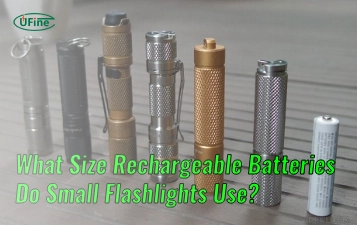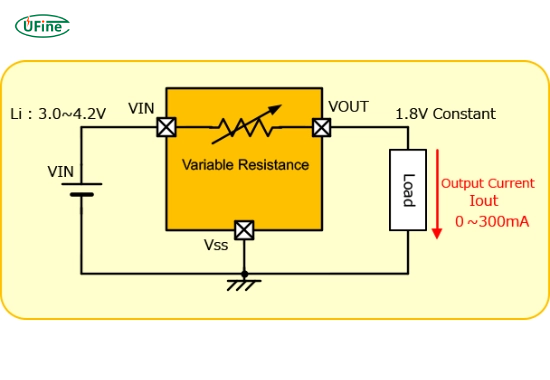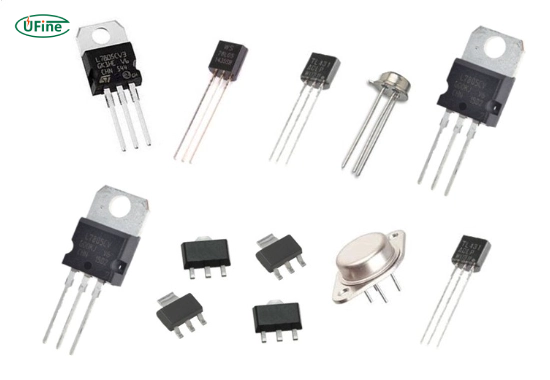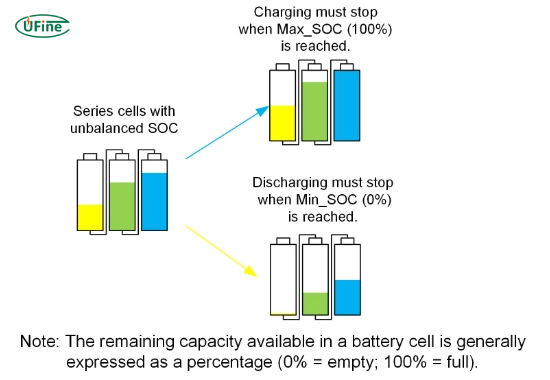Battery performance is one of the most critical factors in ensuring the longevity and efficiency of devices powered by lithium batteries. Optimizing battery performance is crucial whether you’re dealing with electric vehicles, renewable energy systems, or everyday gadgets. Lithium voltage regulators can maintain consistent battery performance, prevent overcharging, and ensure the battery operates within its ideal voltage range.
This article explores how to improve battery performance using a lithium voltage regulator. We will break it down into easy-to-understand steps, explain its science, and discuss the practical applications. By the end, you’ll have a solid understanding of how voltage regulators can enhance the lifespan and functionality of lithium-ion batteries.
Part 1. What is a voltage regulator lithium?
A voltage regulator is an electronic component designed to maintain a constant output voltage regardless of changes in input voltage or load conditions. When applied to lithium batteries, a voltage regulator lithium helps ensure that the battery’s voltage stays within the optimal range, preventing damage from overcharging or undercharging.
In simpler terms, it keeps the battery’s power supply stable, directly impacting its overall performance. This stability can extend the battery’s lifespan and improve efficiency by reducing unnecessary wear.
Part 2. Why is battery performance important?
Battery performance is vital for several reasons. Batteries power various devices, from smartphones and laptops to electric vehicles and solar systems. Without proper care, batteries can degrade over time, reducing capacity, and resulting in shorter usage and even complete failure.
Good battery performance translates into:
- Longer battery life
- Faster charging times
- Better energy efficiency
- Improved device reliability
By improving battery performance, you ensure your devices run smoothly for extended periods.
Part 3. How does a voltage regulator lithium improve battery performance?
A voltage regulator lithium works by ensuring the lithium-ion battery is charged at a consistent voltage level. Lithium-ion batteries are sensitive to voltage fluctuations, and even slight overvoltage or undervoltage can lead to issues such as:
- Reduced charging cycles
- Decreased overall capacity
- Increased heat generation
- Shortened lifespan
A voltage regulator minimizes these fluctuations, keeping the battery in an optimal state.
Part 4. The science behind lithium-ion batteries and voltage regulation
Lithium-ion batteries operate on a delicate balance of chemical reactions. Lithium ions move between the anode and cathode, storing energy when charging. If the voltage is too high, it can cause the battery to heat up, which accelerates the degradation process. If the voltage is too low, the battery may fail to charge fully.
A voltage regulator lithium ensures these reactions happen most safely and efficiently. It helps control the voltage levels and prevents excessive current from reaching the battery, thus improving safety and longevity.
Part 5. Types of voltage regulators used with lithium batteries
There are different types of voltage regulators available for lithium batteries, each serving a specific purpose:
- Linear Regulators: These regulators provide a steady voltage but are inefficient as they dissipate excess energy as heat. They’re best for small, low-power applications.
- Switching Regulators (Buck and Boost): These regulators are more efficient than linear ones and are commonly used in high-power applications. They either step down (buck) or up (boost) the voltage to ensure a consistent output.
- Buck-Boost Regulators: These are the most versatile as they can either increase or decrease the input voltage, making them ideal for situations where voltage input is inconsistent.
Each type has advantages, but the key is to select the right one based on your battery’s specifications and requirements.
Part 6. How does voltage regulation impact battery lifespan?
The lifespan of a lithium-ion battery depends heavily on its management. Voltage regulation significantly extends the battery’s lifespan by preventing it from overcharging or discharging too deeply.
Lithium-ion batteries typically last between 500 and 1500 charge cycles, depending on the quality of the battery and how well it is maintained. By ensuring that the battery is charged within its ideal voltage range, you can maximize the number of charge cycles and reduce the likelihood of premature failure.
Part 7. Voltage regulation in electric vehicles (EVs)
Electric vehicles (EVs) are one of the most popular applications of lithium-ion batteries. Maintaining the battery’s performance is crucial for extending its lifespan and ensuring the vehicle runs efficiently.
EVs use lithium voltage regulators to ensure the battery operates within the optimal voltage range during charging and discharging cycles. This prevents battery overvoltage, which can lead to safety risks like thermal runaway and undercharging, which can cause the battery to deteriorate prematurely.
Part 8. Voltage regulation in renewable energy systems
Renewable energy systems, such as solar or wind-powered setups, also benefit from voltage regulation. These systems often experience fluctuations in voltage due to varying energy input levels.
Integrating a voltage regulator lithium into the system ensures that the energy stored in the battery is used efficiently, providing a steady power supply even when energy input is inconsistent.
Part 9. Common challenges in voltage regulation for lithium batteries
While voltage regulators can vastly improve battery performance, there are a few challenges to keep in mind:
- Efficiency trade-offs: Some voltage regulators, incredibly linear regulators, may reduce energy efficiency due to heat dissipation.
- Cost and complexity: More advanced voltage regulators can be expensive and require careful installation.
- Temperature sensitivity: High temperatures can affect the performance of both the regulator and the battery. For optimal results, this must be managed effectively.
Despite these challenges, the benefits of using a voltage regulator far outweigh the drawbacks, making it an essential tool for optimizing battery performance.
Part 10. How do you implement a voltage regulator lithium in your system?
To implement a voltage regulator lithium in your system, follow these steps:
- Choose the proper regulator: Based on your application, select a regulator that suits your battery type and voltage requirements.
- Proper installation: Ensure the regulator is installed correctly for a stable voltage supply.
- Monitor battery performance: After installation, regularly monitor the battery’s voltage and performance to ensure the regulator functions as intended.
- Maintain the system: Keep the system clean and well-maintained to avoid issues such as overheating or voltage spikes.
By following these steps, you can significantly improve battery performance and prolong the life of your lithium-ion battery.
Artikel Terkait: The Comprehensive Guide to Battery Balancing and Battery Balancer
Part 11. FAQs
-
How does a voltage regulator help in extending battery life?
A voltage regulator ensures the battery is always charged within its optimal voltage range, preventing overcharging or undercharging, which can damage the battery and shorten its lifespan. -
Can I use any voltage regulator with lithium batteries?
No, choosing a voltage regulator designed explicitly for lithium-ion batteries is essential, as they have different charging and voltage needs than other types of batteries. -
What is the difference between a buck and a boost regulator?
A buck regulator reduces voltage, while a boost regulator increases it. The type you need depends on whether you need to increase or decrease the voltage. -
How do I know if my voltage regulator is working correctly?
You can monitor the voltage output using a multimeter to ensure it is within the specified range. If there are fluctuations or irregularities, the regulator may need attention. -
Can voltage regulators prevent battery overheating?
Yes, voltage regulators can help prevent overheating by controlling the current and voltage supplied to the battery, reducing the risk of thermal issues.
Related Tags:
More Articles

What Size Rechargeable Batteries Do Small Flashlights Use?
This helpful guide explains the different rechargeable battery sizes for small flashlights and helps you choose the best one for your needs.
What Is an Oxide Battery and How Does It Differ from Other Types of Batteries?
Oxide batteries are a unique technology with potential for various uses. Learn about their functions, advantages, and how they differ from other types.
Is a Tesla with LFP Batteries Right for You?
Learn why Tesla's LFP battery is a smart choice for electric vehicles. See how it offers efficiency and reliability. Dive into the details!
The Truth About 12V 200Ah LiFePO4 Battery Lifespan
Wondering how long a 12V 200Ah LiFePO4 battery lasts? Discover its lifespan and tips to extend it. Learn more today.
What Is a Battery Port and How Does It Impact Battery Performance?
Battery ports are crucial for device performance. Learn how they work and impact battery life to optimize your devices and extend battery efficiency.






